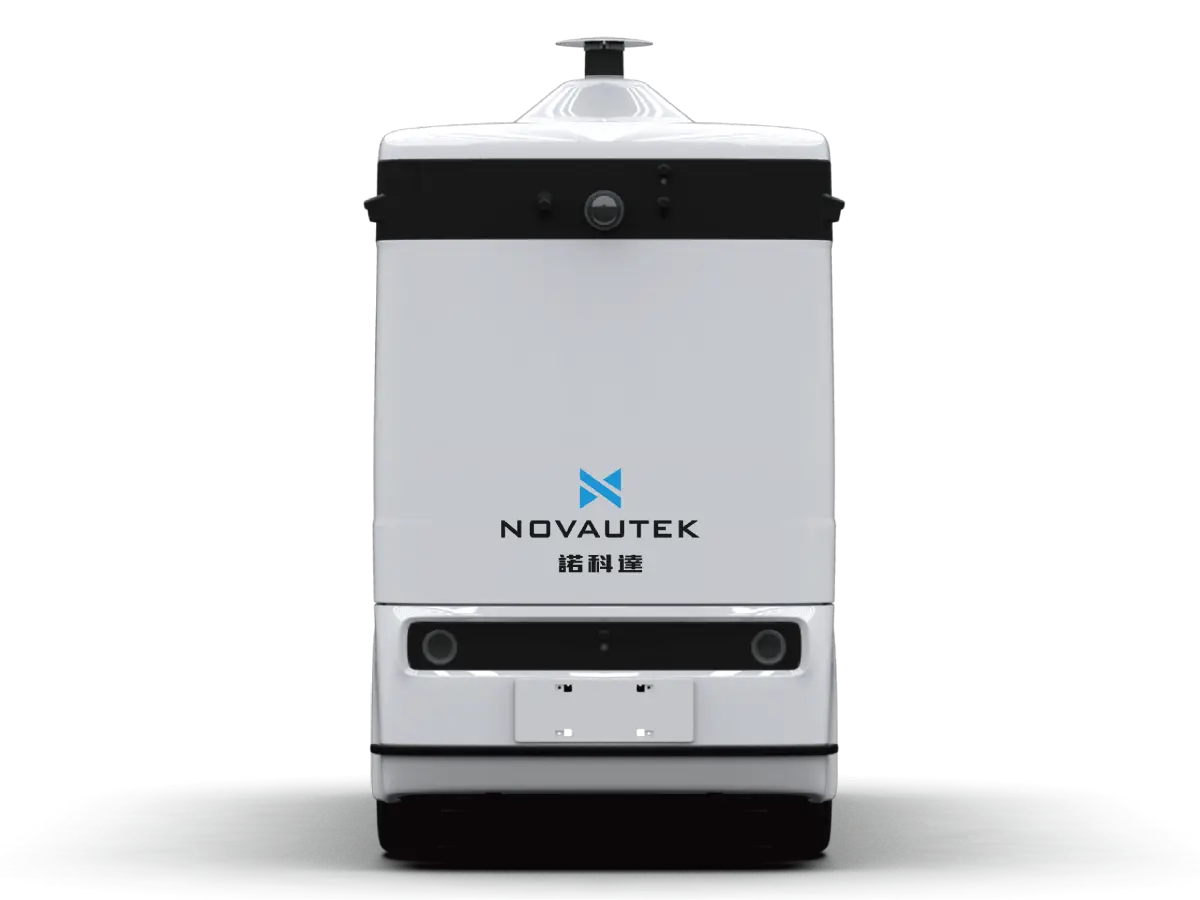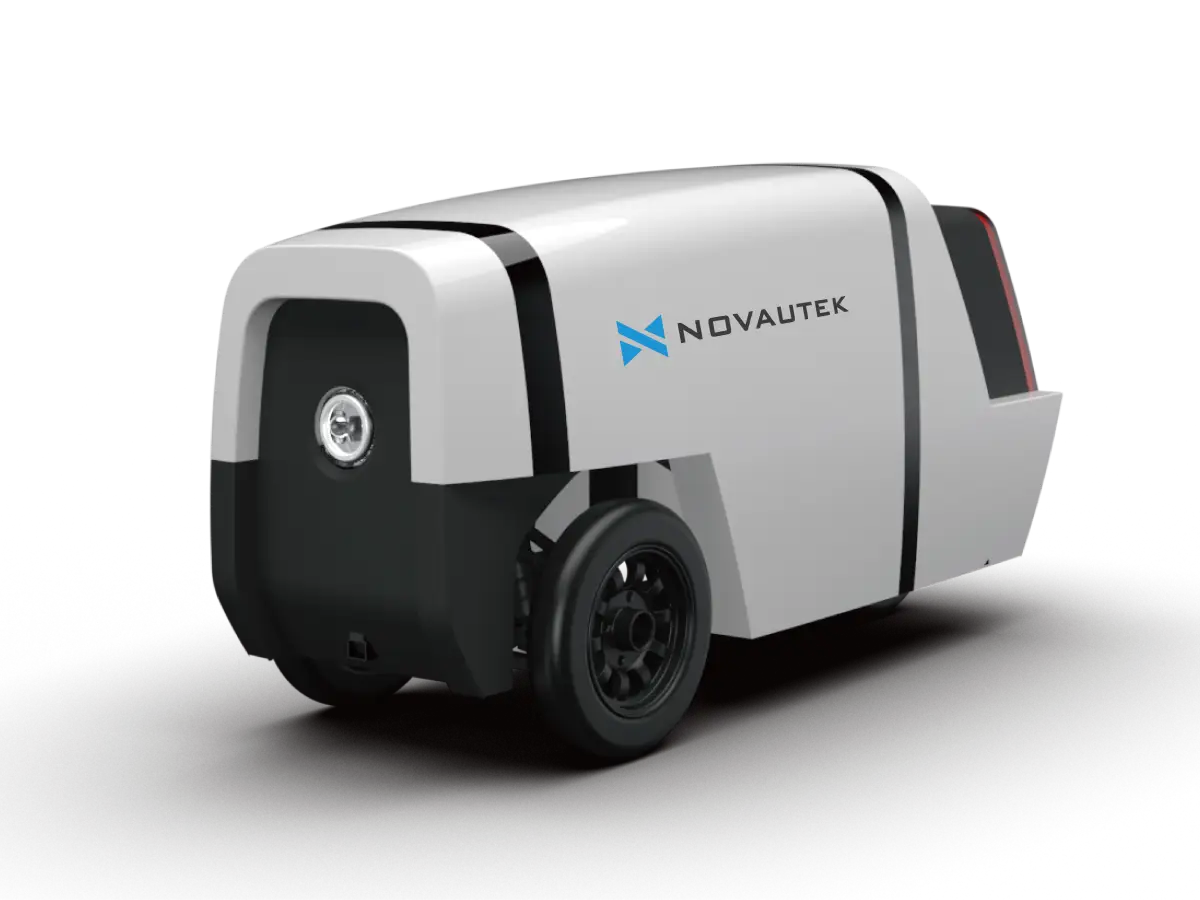Transforming Urban Logistics Through Automated Solutions
The landscape of urban logistics is experiencing a revolutionary transformation with the integration of delivery robots. These autonomous machines are reshaping how goods move through our cities, offering innovative solutions to last-mile delivery challenges. As urban populations continue to grow and consumer expectations evolve, delivery robots are emerging as a crucial component of modern logistics infrastructure.
Cities worldwide are witnessing the quiet revolution of these intelligent machines navigating sidewalks and streets, carrying everything from groceries to medical supplies. The technology behind delivery robots has matured significantly, making them increasingly reliable and efficient in handling diverse delivery scenarios.
Economic Advantages of Robotic Delivery Systems
Cost Reduction and Operational Efficiency
The implementation of delivery robots presents substantial cost savings for logistics companies. Traditional delivery methods often involve significant labor costs, vehicle maintenance, and fuel expenses. In contrast, delivery robots operate with minimal human intervention and use electric power, resulting in lower operational costs.
These autonomous systems can work around the clock, maximizing delivery efficiency without the constraints of human work schedules. Companies implementing delivery robots have reported operational cost reductions of up to 65% compared to traditional delivery methods.
Scalability and Peak Demand Management
One of the most significant advantages of robotic delivery systems is their scalability. During peak seasons or unexpected demand surges, companies can quickly deploy additional delivery robots without the lengthy hiring and training processes associated with human workers. This flexibility allows businesses to maintain service quality even during challenging periods.
The ability to scale operations up or down based on demand patterns helps organizations optimize their resource allocation and maintain consistent delivery performance throughout the year.

Environmental Impact and Sustainability
Reduced Carbon Emissions
Delivery robots contribute significantly to reducing urban carbon emissions. These electric-powered machines produce zero direct emissions during operation, unlike traditional delivery vehicles. Studies indicate that implementing delivery robots in urban areas can lead to a substantial decrease in delivery-related carbon emissions.
The environmental benefits extend beyond emissions reduction. By optimizing delivery routes and reducing traffic congestion, delivery robots help create more sustainable urban environments.
Resource Conservation
The efficient use of resources is another environmental advantage of robotic delivery systems. These machines consume less energy per delivery compared to conventional vehicles, and their electric powertrains require minimal maintenance. The reduced dependency on fossil fuels and lower resource consumption makes delivery robots an environmentally conscious choice for urban logistics.
Enhanced Customer Experience and Service Quality
Convenience and Flexibility
Modern consumers value convenience above all else, and delivery robots excel in providing flexible delivery options. Customers can schedule deliveries at their preferred times, track their packages in real-time, and receive their items without human contact. This level of service particularly appeals to busy urban dwellers and those who prefer contactless delivery options.
The precise tracking and scheduling capabilities of delivery robots enable customers to plan their day more effectively, knowing exactly when their packages will arrive.
Consistent Service Standards
Delivery robots maintain consistent service quality regardless of external factors. They operate with programmed efficiency, following optimized routes and delivery protocols without deviation. This consistency helps build customer trust and satisfaction, as delivery times and service quality remain reliable throughout different conditions.
Safety and Security Innovations
Advanced Security Features
Modern delivery robots come equipped with sophisticated security systems to protect both the goods they transport and the public. These features include tamper-proof compartments, real-time monitoring, and emergency protocols. The integration of AI and machine learning helps these robots navigate safely through urban environments while maintaining the security of their cargo.
Public Safety Considerations
Safety is paramount in the design and operation of delivery robots. They are programmed to follow traffic rules, avoid obstacles, and interact safely with pedestrians. The implementation of multiple sensors and advanced navigation systems ensures these robots can operate safely in various urban conditions, from busy sidewalks to quiet residential areas.
Frequently Asked Questions
How do delivery robots navigate complex urban environments?
Delivery robots use a combination of advanced technologies including GPS, LiDAR sensors, cameras, and AI algorithms to navigate urban environments. They create detailed maps of their surroundings and can identify obstacles, pedestrians, and traffic signals in real-time, ensuring safe and efficient navigation.
What happens if a delivery robot encounters technical difficulties during delivery?
Delivery robots are equipped with remote monitoring systems and backup protocols. If technical issues arise, they can automatically alert their operations center, and human operators can take control remotely or dispatch technical support to resolve the situation quickly.
How do delivery robots handle adverse weather conditions?
Modern delivery robots are designed to operate in various weather conditions. They feature weather-resistant construction, enhanced traction systems, and sensors that can adapt to different environmental conditions. In extreme weather, they may operate at reduced speeds or be temporarily grounded for safety.

